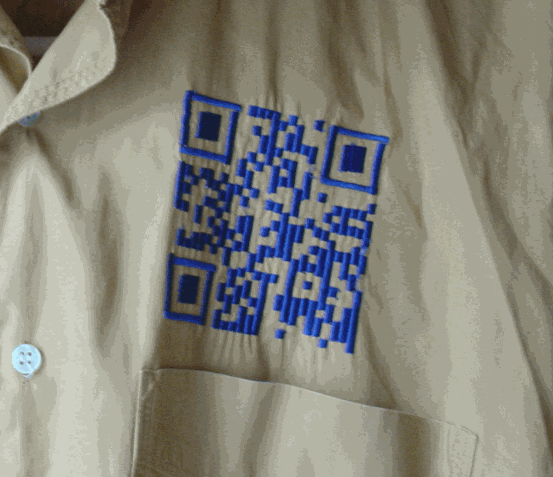There is a lot of buzz around the Internet of Things these days.
For those who are not familiar with “Internet of Things”, it is essentially a system of interconnected devices (things) with unique identifiers that can communicate with each other over the internet.
However, when most people refer to the Internet of Things, the definition of devices and things is restricted to those devices and things that have network connections to the Internet.
But how about all those unconnected or pseudo-connected* devices and things? How can they possibly participate in the Internet of Things system?
Take a shirt for example, how can I use an Internet of Things system to track how many times I’ve washed the shirt or the dates I have worn it on?
The mobile phone, which has become an increasingly important part of our daily lives can simply be a proxy for all devices and things unconnected or pseudo-connected and can enable the shirt we discussed above to participate in an Internet of Things system.
So how would it work? Let’s take the example of the shirt. In an Internet of Things system, we would first create a Thing to represent the shirt having attributes ‘datesWorn’, ‘datesWashed’ and ‘numberOfTimesWashed’ among others. Upon creating a “Thing” to represent the shirt, the Internet of Things system would create a Unique Digital ID for that shirt. Secondly, we would attach the operations ‘Wear’ and ‘Wash’ to the shirt. Next, we would construct a Digital Experience as a view into the shirt. That Experience would manifest itself as a mobile page representing the shirt that would display the attributes of the shirt including dates the shirt was worn, washed and the total times it had been washed. The Experience would also have buttons representing the Wash and Wear operations. Finally, we would print a QR code on a washable label pointing to the Digital Experience we created of the shirt that we would sew on to the shirt.
Now each time before we washed or wore the shirt we would scan the washable label with any QR reader on our phone and click on the Wear or Wash button. The Digital Experience would also show us the last time we washed or wore the shirt.
Imagine a brand of shirts providing this capability for all their shirts enabling consumers to easily keep of how often a consumer wore or washed their clothes. Now imagine the data the brand would get allowing it to better understand their consumers’ behaviors. That’s quite a powerful concept, to say the least.
It is time to start thinking of Internet of Things as more than a system of connected devices and things. Once you do, it opens up a world of additional possibilities.
* Pseudo-connected devices are those that are not connected to the Internet directly but have a unique identifier not the device or thing in the form of a barcode, QR code, NFC tag, etc., that allows it to be easily identified as a part of an Internet of Things system.



